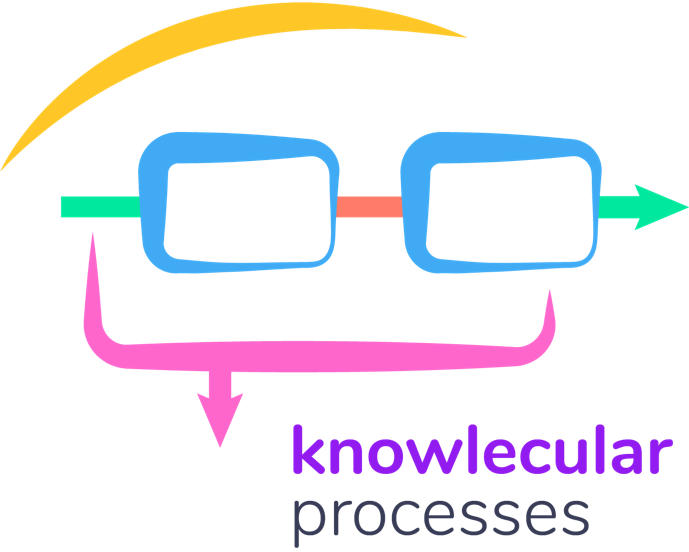5 requirements of a good question
5 requirements of a good question.
Darrell Velegol, PhD
2023sep14
I’d seen it many times before: People in a room debating the best route to go with their product development. You can imagine the raised voices, the pointing fingers, the indelicate language! But in the end, the discussion consisted of many opinions, and in this case as many others, the most senior and authoritative voice won. And the customer lost …
How to avoid this raw contention and help the customer WIN? Rather than slinging opinions, ask QUESTIONS. And rather than supplying opinions as answers, generate several HYPOTHESES -- and probably these come from multiple people -- of the answers, and then TEST them. This is the classic scientific method.
What makes for a good question?
1. plot. A good question can usually be expressed as a plot (e.g., scatter plot, bar plot, pie chart). You draw the axes and the labels. Generating good questions requires vibrant imagination work. And it is more likely your team members can agree on the questions. You might not know the SHAPE of the resulting data -- and this is where disagreement will enter. But #2 below is your way forward!
2. multiple hypotheses. When you have a good question, you can generate multiple hypotheses for what the data will look like. In fact, several hypotheses can be drawn on the same plot. Various team members have their own experience and reasons for why they think one result will happen instead of another, and they can draw their expectation on the plot, even if it is just their opinion. The key to a good hypothesis is that it is FALSIFIABLE with data, or if wrong can quickly be shown to be highly implausible. Now we’re moving from opinions to reality.
3. models. If the hypotheses are complicated or a chain or reasoning, the hypotheses can be expressed as models (e.g., an Excel sheet) in which you enter an input, see what the model calculates, and compare it to the output as a test. If the model gives the same result as the experimental measurement, the data support the model. And vice versa.
4. instrument. Good questions have a ready-to-go instrument to gather data. This could be a lab instrument (e.g., a gas chromatograph), or a psychological or marketing instrument or other. Something that gives the data you want, with a recognized precision and accuracy. If this doesn’t exist, the work is longer.
5. impersonal. Good questions, can be written in a non-threatening, non-personal way, rather than fired out like flaming arrows. The questions become detached from the egos of people, and put into the common pool.
I’ve spent 1000s of hours working with students and professionals on questions and hypotheses. It’s hard work. I think it might be the hardest part of the innovation process, requiring lots of imagination. But it’s the way to speed, collegiality, and effectiveness.
